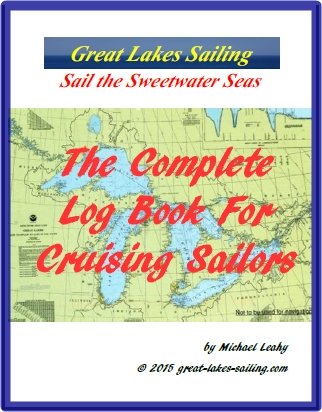Man Overboard!
Nothing can send a chill down a sailor's neck faster than the cry “Man Overboard”. Someone's life is in imminent danger and it is up to the crew to save them. This is even more daunting when you consider that most boats are crewed by a couple – leaving only one to manage the boat and effect the rescue.
The statistics are grim.
The most recent (2014) USCG statistics for boating deaths showed:
- 78% of deaths were caused by drowning
- 84% of those who drowned were not wearing a life jacket
- 77% of deaths occurred on vessels where the operator had not received safety instructions
These stats were compiled by BoatUS and the USCG over a recent 5 year period. Of all drowning deaths, 24% were identified as Man Overboard
- 76% died in daytime
- 24% died at night
- 63% did not know how to swim
- 8% of non–swimmers were wearing life jacket
- 90% occurred in calm weather with < 1′ / .3 m of chop
- 4% of the boats had two engines
- 85% were men
- Average age was 47
- Alcohol consumption played a part in 27% of daytime deaths 50% of nighttime deaths.
It is vital that each person setting out on a cruise have a plan in the event of a Man Overboard (MOB). As Master, you have a duty to each person who sails with you, be they crew or a guest.
While there are many techniques available for performing a MOB rescue, for this article, we will concentrate on one simple method designed for a 2-person crew. This is an approach used by the United States Power Squadron (USPS) and the Canadian Power and Sail Squadron (CPS). It works on the assumption that the boat has a crew of 2 – usually a couple where one partner is larger, heavier and frequently, more familiar with the boat than the other partner.
The more experienced partner is frequently the person who is moving about the deck, attending to any number of tasks while the less experienced partner is at the helm. Most likely, that person is also the lighter, less-strong person and it will fall to them to effect any rescue so the boat and equipment set-up must reflect this.
There are 3 areas to consider when looking at a Man Overboard rescue system:
- Prevention
-
Vessel Equipment
- Rescue Manoeuvring and Recovery
Click on the links
below for more detailed information on each of these steps in a man Overboard rescue.
Click here for ideas about Prevention
Click here for ideas on MOB Vessel Equipment
Click here for a Simple MOB Rescue Manoeuvre and Recovery Ideas
Return HOME
The Complete Log Book For Cruising Sailors
written by a sailor for sailors

a practical, easy-to-use yet thorough format to record all of the necessary information about your boat and any cruises you take – whether exploring home waters or voyaging to distant ports across the Great Lakes.
.
Click here for more details